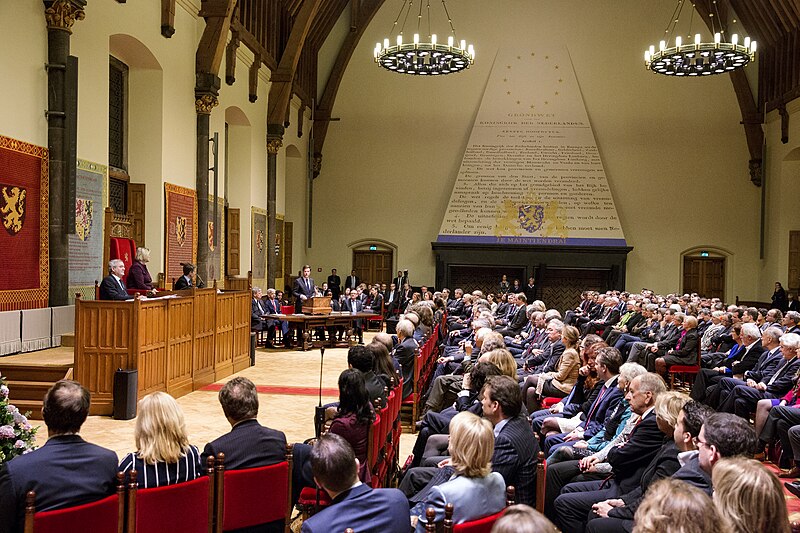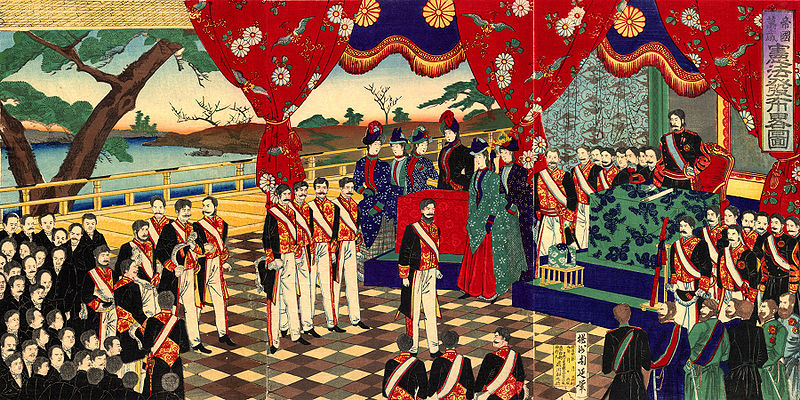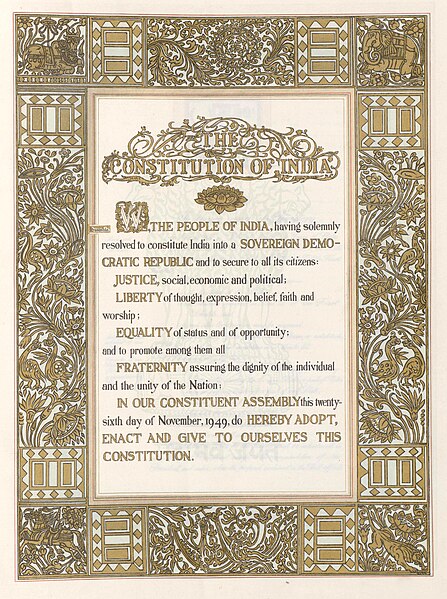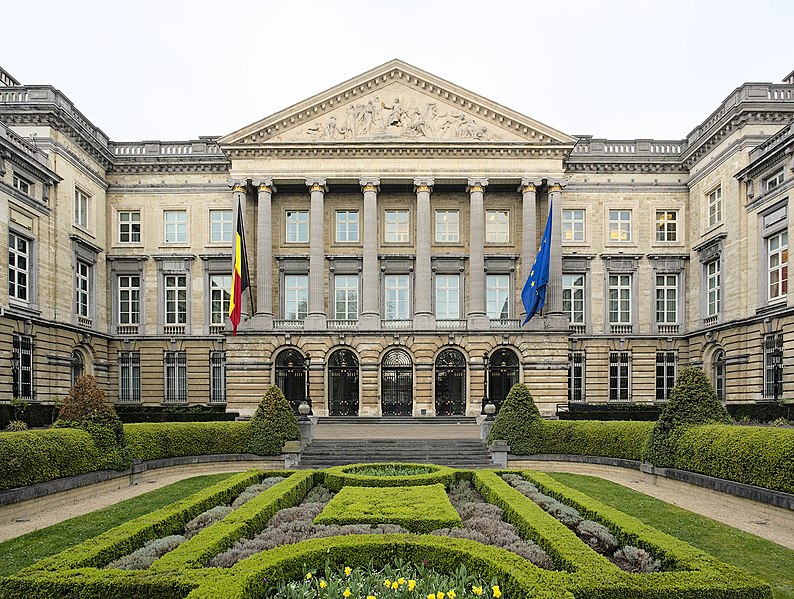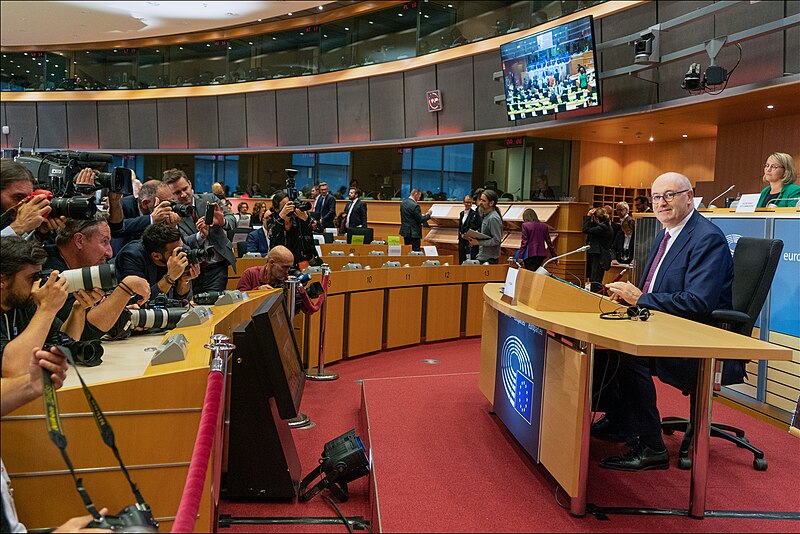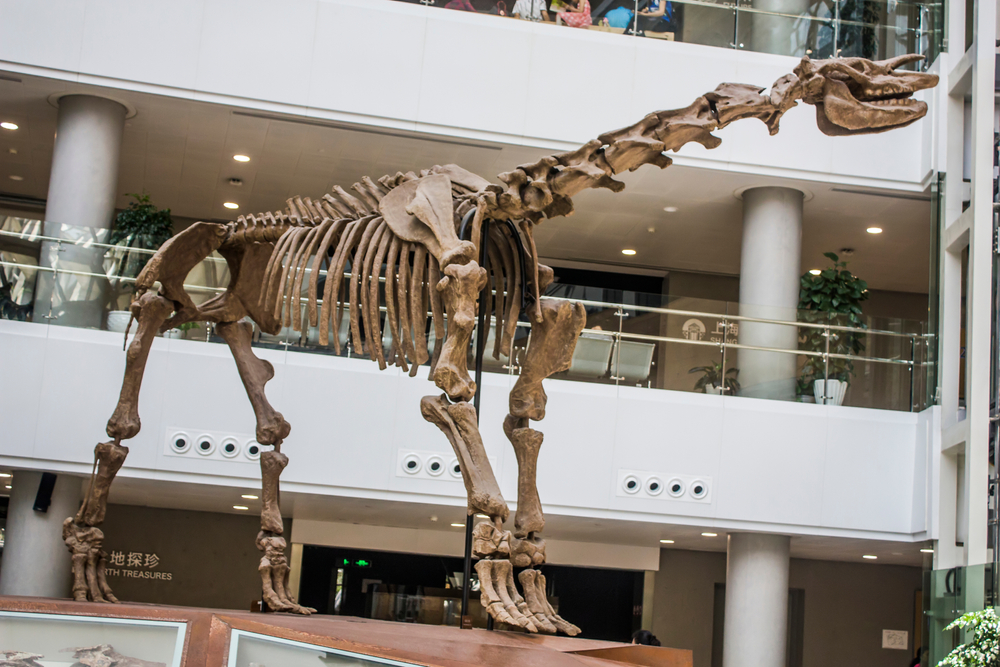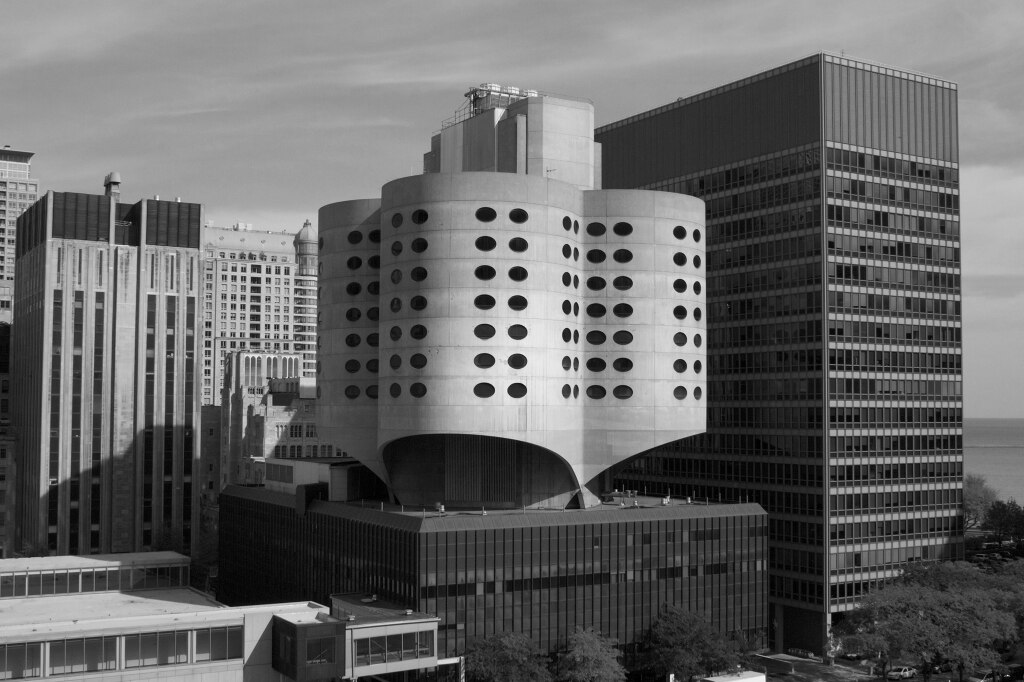Across the world, democracy has deep roots that stretch back centuries, shaping how societies are governed and how people’s voices are heard. While modern democracy often brings to mind recent elections and bustling political scenes, its origins are surprisingly ancient and varied. From the direct democracy of Athens to Iceland’s Althing and the constitutional frameworks of later nations, each country’s journey is unique but united by a commitment to the rule of law and citizen representation. These early democracies set foundations that influenced countless other governments, sparking ideals of freedom, fairness, and civic responsibility. As we explore the oldest democracies in the world, we see not only the evolution of governance but the enduring power of a system that gives people a voice.
Greece
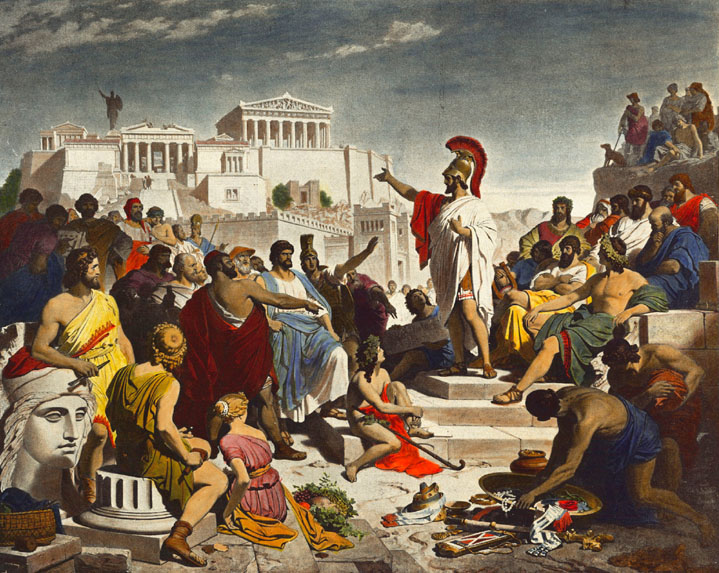
Greece, specifically ancient Athens, is widely recognized as the birthplace of democracy, dating back to the 5th century BCE. The Athenian democracy allowed citizens to participate directly in decisions, a revolutionary concept at the time. Unlike modern representative systems, Athenian democracy was a direct form where citizens could vote on laws and policies. This democratic model was, however, limited to male citizens, excluding women, slaves, and non-citizens. Over the centuries, the principles laid down in Athens influenced political systems around the world. Modern Greece became a republic in 1974, further emphasizing its democratic traditions. Today, Greece proudly holds a place in history as the foundational pillar of democratic governance.
Iceland
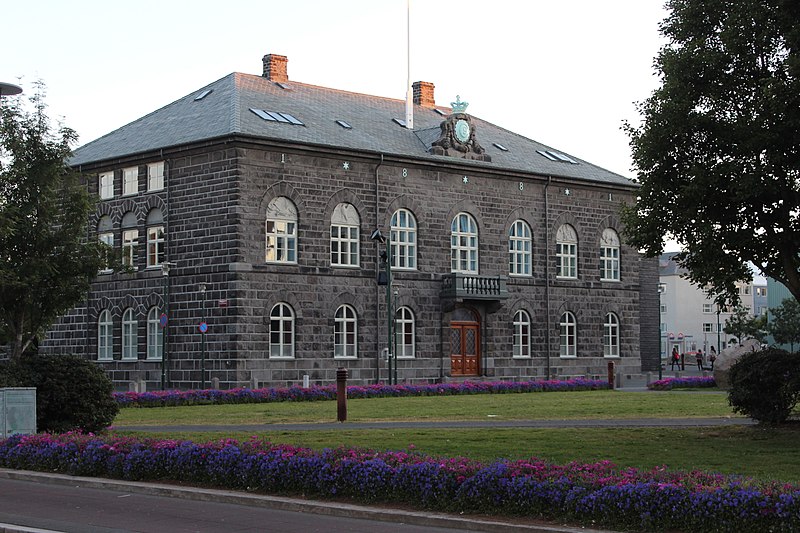
Iceland established its Althing (parliament) in 930 CE, making it one of the oldest continuous parliaments in the world. Held at Thingvellir, the Althing was a gathering of chieftains who met annually to legislate and resolve disputes. While its form and influence changed over centuries, the Althing has remained a key institution in Icelandic governance. After a period under Danish rule, Iceland reasserted its sovereignty in 1944, fully embracing democratic practices. Iceland’s parliamentary tradition represents the country’s commitment to self-governance and justice. The Althing continues to convene, symbolizing Iceland’s resilient democratic spirit. Iceland’s democratic legacy remains a point of national pride and a model for other nations.
United Kingdom

The United Kingdom’s democratic history begins with the signing of the Magna Carta in 1215, a document that limited the powers of the monarchy. This charter laid the groundwork for a parliamentary system and the eventual development of constitutional monarchy. The establishment of the English Parliament in 1295 furthered this process, gradually expanding representation over centuries. Though initially only the aristocracy had a voice, democratic reforms in the 19th and 20th centuries broadened suffrage to include the general populace. The British Parliament remains one of the oldest continuous legislative bodies. Today, the UK is a representative democracy with an influential global presence. Its long-standing political stability and democratic evolution are revered worldwide.
Isle of Man
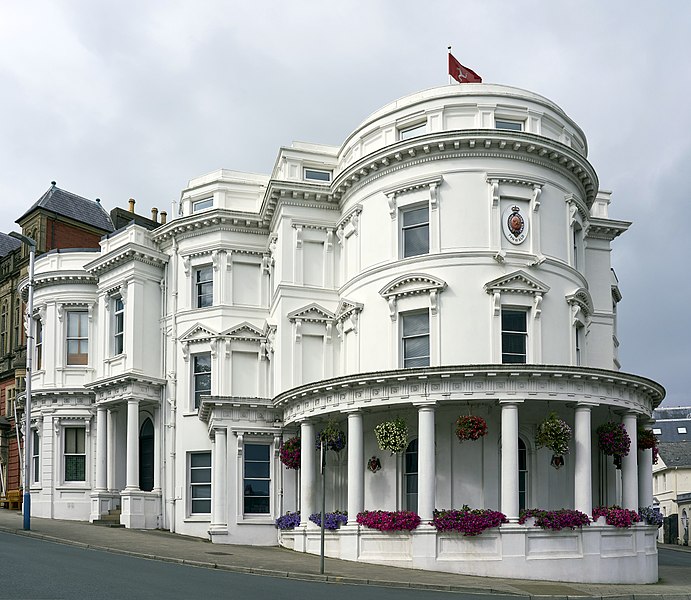
The Isle of Man is home to the Tynwald, a parliament that dates back to 979 CE. This governing body is often recognized as one of the oldest continuous parliaments globally. The Tynwald held open-air meetings, where the island’s residents could discuss laws and governance. Although the Isle of Man is a British Crown dependency, the Tynwald has significant self-governing powers. Throughout history, it adapted to modern democratic principles, representing the people effectively. Its traditions still influence parliamentary procedures observed each year. The Tynwald embodies the Isle of Man’s dedication to democratic values and local autonomy.
Switzerland
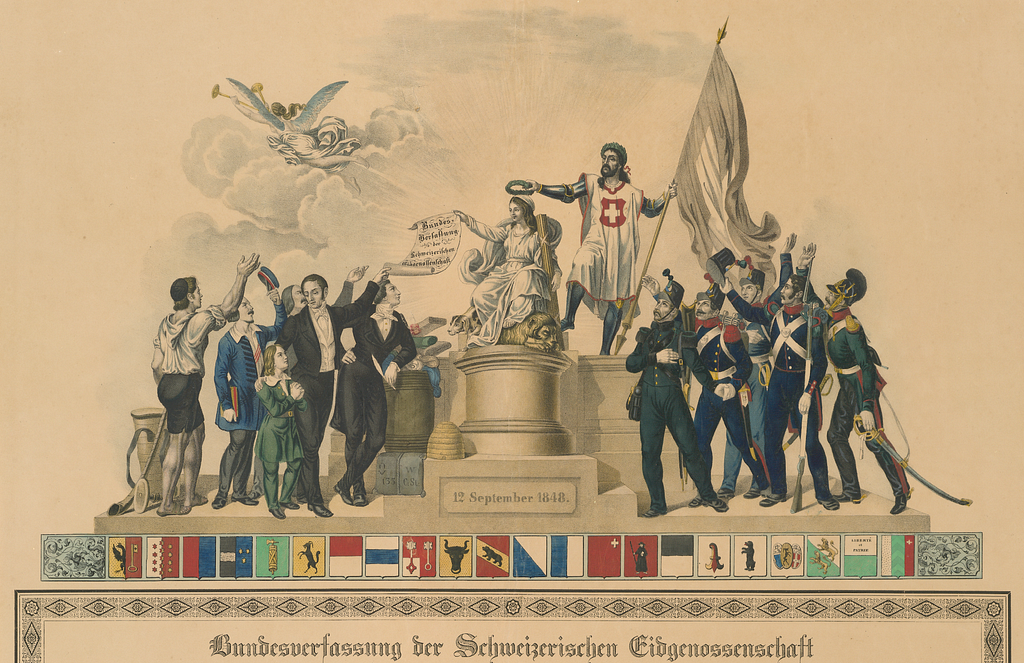
Switzerland’s democratic roots trace back to the formation of the Old Swiss Confederacy in 1291, a coalition among cantons to ensure mutual defense. Over centuries, this alliance evolved into a federal democratic republic, known for its unique model of direct democracy. Citizens participate in referendums multiple times a year, allowing them to have a direct say on national and local issues. This model has cultivated a strong culture of civic participation and responsibility. Switzerland’s democratic system stands as one of the most direct in the world, emphasizing individual participation. The Swiss Constitution of 1848 formalized this structure, establishing a stable and neutral government. Switzerland’s enduring democratic practices are widely studied and admired globally.
San Marino
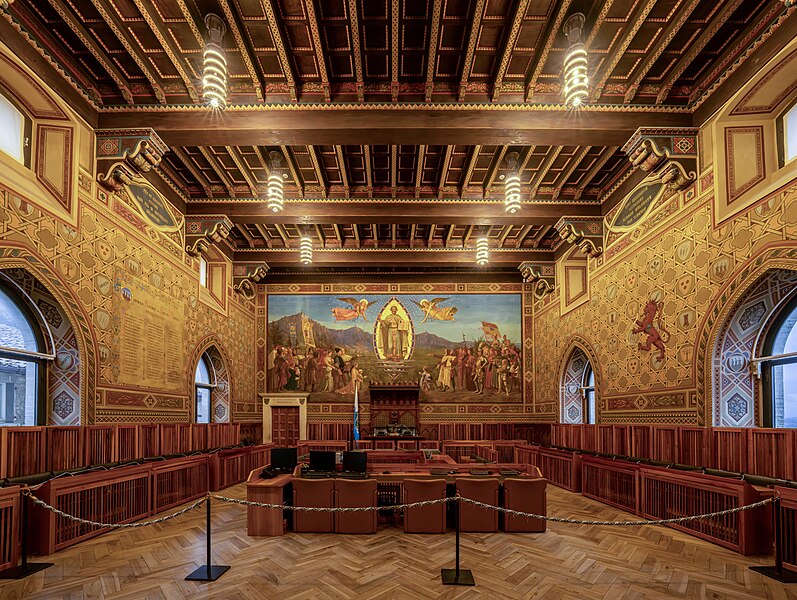
San Marino claims to be the world’s oldest existing republic, founded in 301 CE. Its governing structure was formalized in the 13th century, laying the foundation for a parliamentary democracy. San Marino’s government consists of a Great and General Council, whose members are elected by popular vote. Throughout centuries, San Marino has maintained its independence, avoiding conflicts that plagued surrounding regions. The country’s democratic resilience is rooted in its commitment to self-governance and neutrality. San Marino continues to function as a peaceful, democratic nation-state today. Its endurance is a testament to the strength of its foundational values.
United States
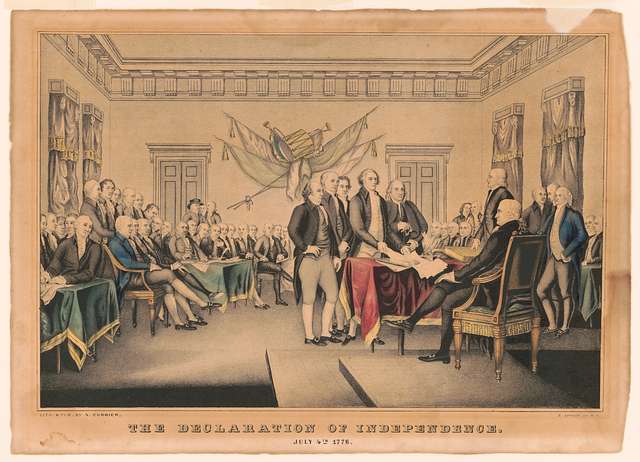
The United States of America declared its independence in 1776, establishing a democratic system that became a model for nations worldwide. The U.S. Constitution, adopted in 1787, created a framework for federal democracy with checks and balances among branches of government. Over time, amendments expanded voting rights and individual freedoms, making the system more inclusive. The Bill of Rights guaranteed essential liberties, solidifying the U.S. commitment to democracy. The United States’ model of representative democracy influenced numerous countries seeking freedom and equality. Through its challenges and achievements, American democracy continues to evolve. Today, it stands as a key player in global politics, championing democratic ideals.
Norway
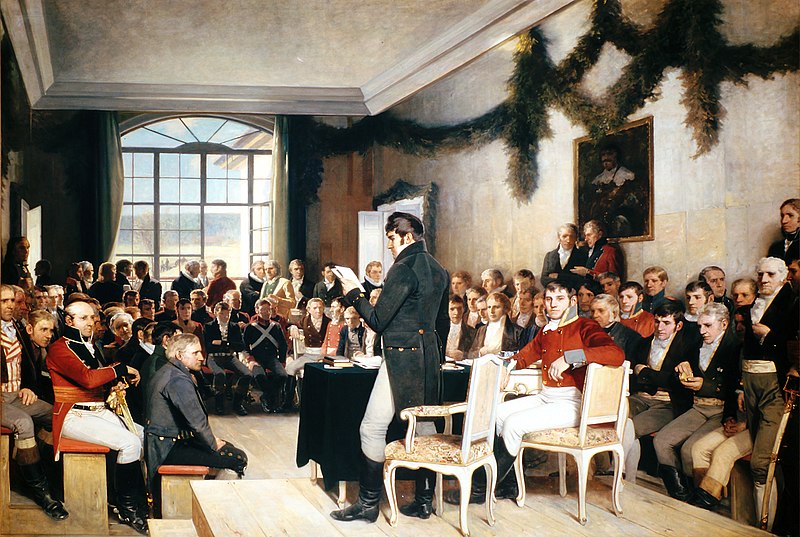
Norway’s journey towards democracy began with its constitution in 1814, inspired by the democratic ideals of the American and French revolutions. This constitution established Norway as an independent kingdom with a parliamentary system. Though later in a union with Sweden, Norway maintained its constitution and achieved full independence in 1905. The Storting, Norway’s parliament, is one of the oldest in Europe, evolving into a fully representative body. Norway consistently ranks high in global democracy indexes, renowned for its transparent governance and active citizen participation. The nation emphasizes equality, human rights, and welfare, central to its democratic ethos. Norway’s enduring commitment to democratic values shapes its strong political and social fabric.
Finland
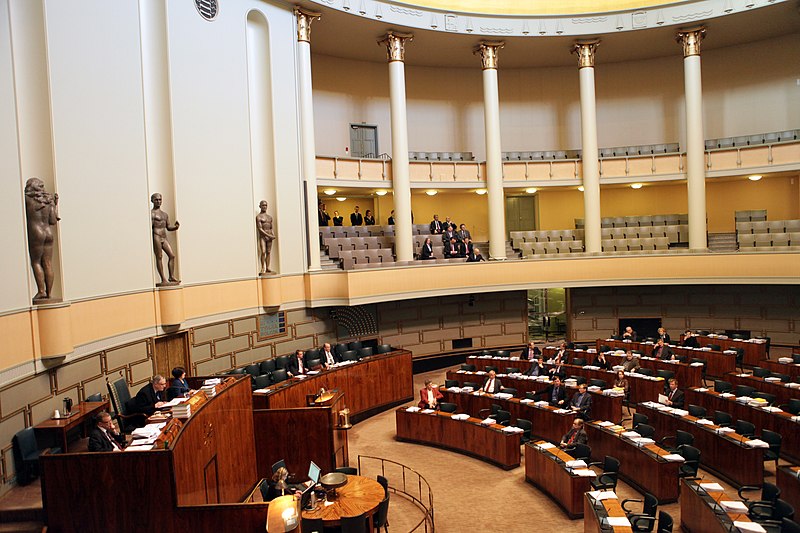
Finland’s democratic roots deepened following its declaration of independence from Russia in 1917. In 1906, Finland granted universal suffrage, becoming one of the first nations to allow women to vote and run for office. Its parliament, the Eduskunta, has since grown into a robust representative institution. Finland’s democratic system is characterized by a focus on social welfare, equality, and transparency. After overcoming wars and economic challenges, Finland emerged as a strong, independent democracy. Finland’s high levels of education and civic engagement contribute to its democratic stability. Today, Finland is celebrated for its innovative policies and active citizen involvement.
New Zealand
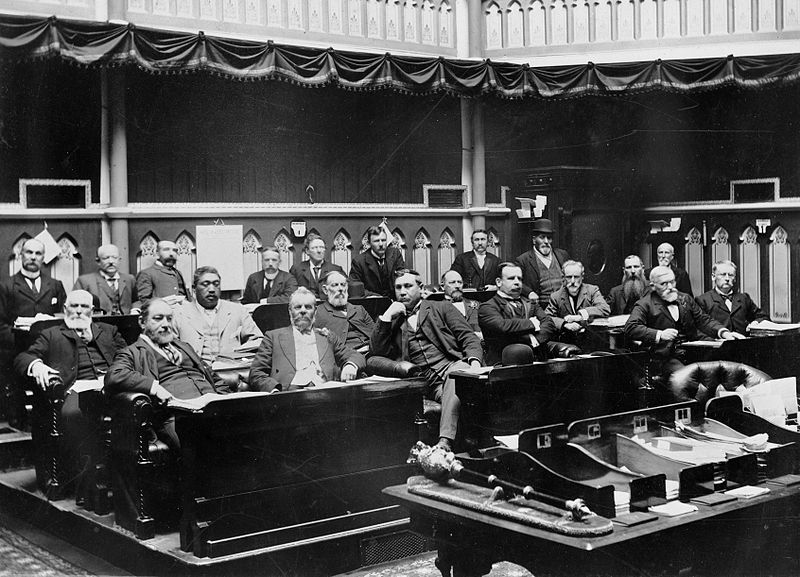
New Zealand established its first parliament in 1854, pioneering democratic practices in the southern hemisphere. By 1893, New Zealand became the first country in the world to grant women the right to vote. This progressive step reflected its commitment to inclusivity and equality. Over time, New Zealand’s political system evolved into a stable parliamentary democracy. The country’s respect for human rights and social justice strengthens its democratic values. New Zealand’s unique geography and indigenous Maori culture also shape its democratic principles. Its democratic achievements serve as an inspiration for emerging democracies around the world.
Australia
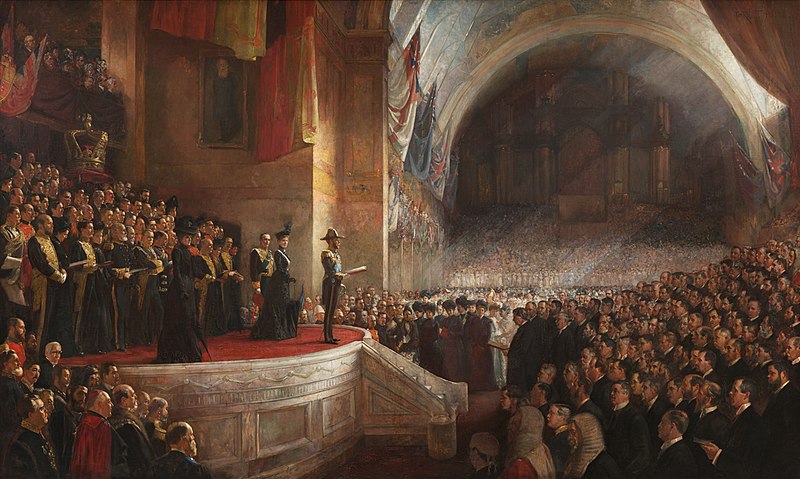
Australia’s democratic framework was established in the late 19th century with the formation of state parliaments. In 1901, the Commonwealth of Australia was formed, uniting the colonies into a federal democracy. Australia granted women the right to vote in federal elections in 1902, a forward-thinking move at the time. Over time, Australia has built a robust parliamentary system, balancing state and federal powers. Its democracy is rooted in ideals of fairness, representation, and equal opportunity. Australia’s democratic institutions remain resilient, adapting to societal changes and challenges. The country’s commitment to democracy is reflected in its active civic participation and transparent governance.
Canada
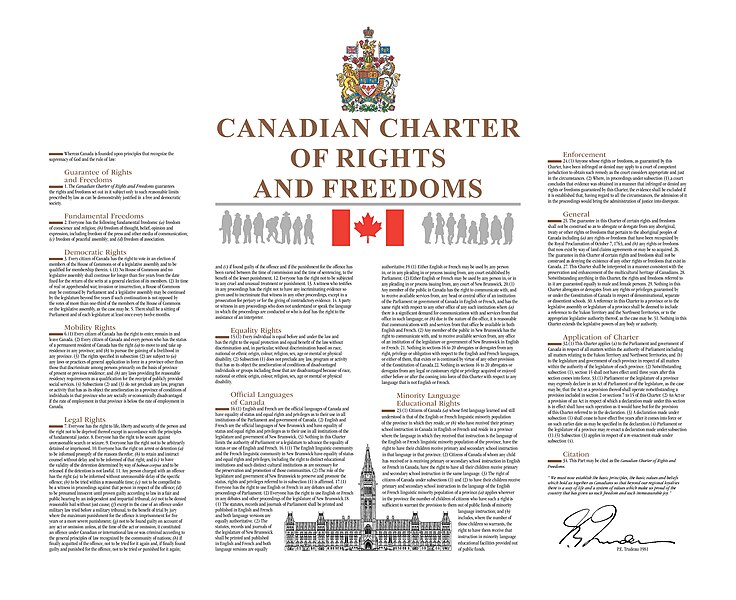
Canada’s democratic roots date back to the formation of its parliamentary system in the 19th century, achieving independence in 1867. Canada developed its own democratic identity, gradually gaining full legislative independence from the United Kingdom. Canadian democracy values inclusivity and representation, evident in its multicultural policies and protection of minority rights. The nation’s system combines parliamentary and federal principles, allowing each province a degree of autonomy. Today, Canada is a representative democracy with a stable political system. The Canadian Charter of Rights and Freedoms ensures citizens’ rights and freedoms. Canada’s commitment to democracy remains steadfast, inspiring global admiration.
Sweden
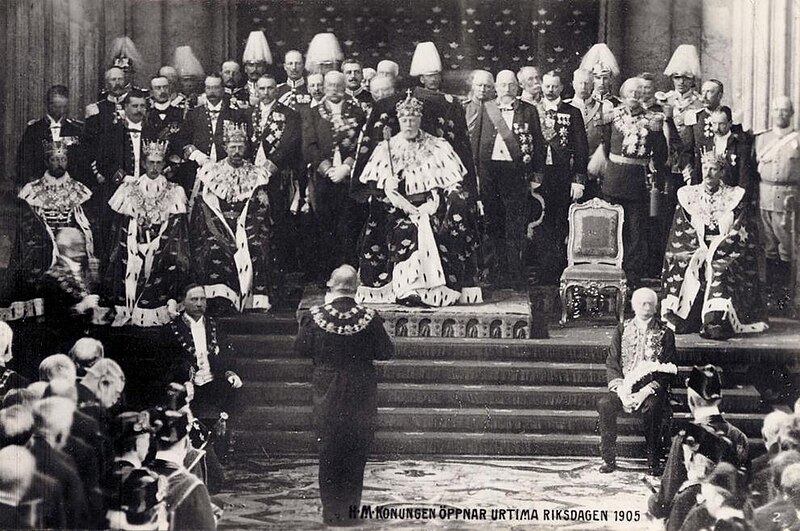
Sweden’s democratic development began with the establishment of its Riksdag (parliament) in 1435, evolving into a representative democracy over centuries. In 1866, the parliament was reformed into a bicameral body, allowing broader representation. Sweden introduced universal suffrage in 1921, expanding voting rights to all adults. Known for its welfare state, Sweden combines democratic governance with social responsibility. Its democratic stability is built on values of transparency, social equality, and civic engagement. Sweden’s high level of press freedom contributes to its vibrant democracy. Today, Sweden’s democracy is considered one of the strongest in the world.
Denmark
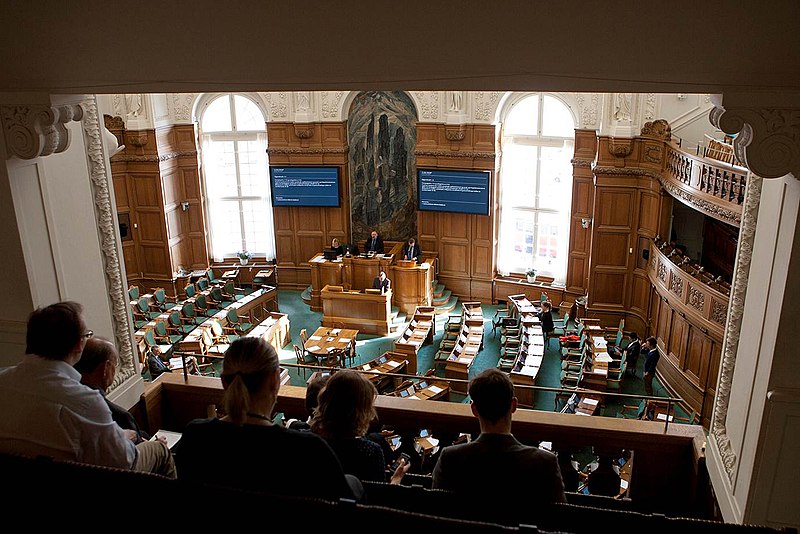
Denmark’s democratic history began with the signing of its constitution in 1849, establishing a constitutional monarchy with democratic principles. This document ended Denmark’s absolute monarchy, granting citizens greater political freedom. Over the years, democratic reforms continued to expand suffrage and representation. Denmark’s Folketing (parliament) plays a central role in its government, embodying democratic values. Denmark is renowned for its social welfare, equality, and high quality of life. The country’s democracy ranks among the most stable, with strong public trust in institutions. Danish democratic values emphasize human rights, press freedom, and social cohesion.
This article originally appeared on Rarest.org.
More From Rarest.Org
Throughout history, Earth has been home to some truly enormous land mammals, many of which dwarfed even the largest animals we see today. These creatures roamed continents millions of years ago, shaping ecosystems with their immense size and strength. Read more.
Traditional farming methods have long been the foundation of sustainable agriculture in various parts of the world. However, the rise of industrial farming has put these practices at risk, threatening not only the environment but also the cultural heritage tied to these techniques. Read more.
Throughout history, countless architectural marvels have been demolished, often too soon and for various reasons. Whether due to changing urban needs, safety concerns, or economic pressures, these structures, once symbols of cultural or architectural significance, were torn down before their time. Read more.


